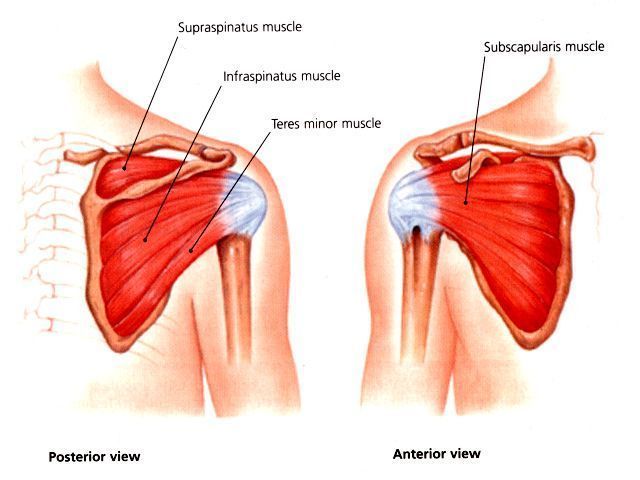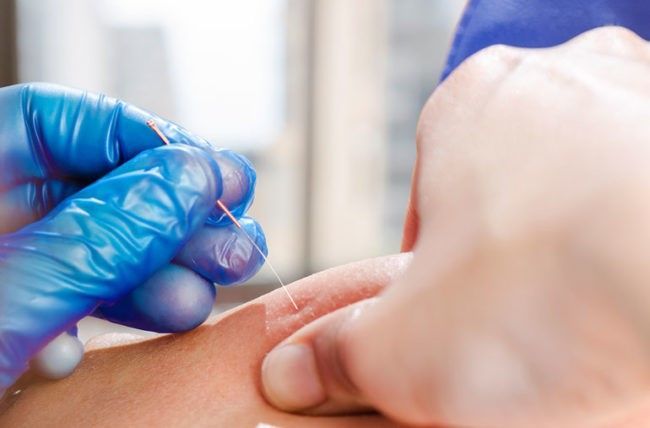Concussion in Sport: Facts you need to know
Concussion in Sport:
Facts you Need to Know
Concussion has become an increasingly topical subject in contact sports and various media outlets, leading to greater discussion about whether there is an increased incidence or risk of concussion in contact sports, or simply whether we are now more aware than ever that it poses a significant injury risk.
Concussion accounts for 3-8% of all sports related injuries in young athletes, although in part due to better symptoms recognition and reporting.
Concussion is now classified as a traumatic brain injury (TBI) and whilst that sounds like scaremongering, it needed to be stated that concussion arises because of physical forces being directly or indirectly applied to the brain causing it to move aggressively around inside the skull.
Recognition of concussion can be difficult as the presentation of symptoms may be delayed by up to 72 hours. Both the threshold for getting symptoms and the type of symptoms you can experience with a concussion vary. For example, loss of consciousness only occurs in 10-15% of cases.
The latest evidence suggests you only need ONE of the following symptoms to suspect concussion.
Obvious signs of concussion include:
- Actual or suspected loss of consciousness
- Convulsion or posturing
- Loss of coordination/balance
- Vomiting
- Confusion
- Memory loss clearly dazed
Less obvious signs of concussion can include:
- Nausea
- Drowsy
- Irritable or emotional
- Feeling fatigued or having low energy
- Feeling anxious/nervous
- Poor memory: Both short term and long term
- Neck pain
- Headache or a sensation of pressure in head
- Dizziness
- Blurred vision
- Sensitive to light/noise
- Difficulty concentrating
- Feeling in a brain fog
- Player reports they “Don’t feel right”
Young people under 19 years of age and people who have had previous concussions are particularly vulnerable to new concussion injuries.
Furthermore, headwear including scrum caps (rugby) or helmets (hurling) does not reduce the incidence of concussion – they merely minimise cuts/lacerations or blunt force injuries to the facial region.
Usually, you can expect a complete recovery after a concussion, providing some very simple but important steps are adhered to, and physiotherapists are well placed to manage this recovery process:
- RECOGNISE : Look for signs or symptoms of concussion. If you are not sure, assume that they have a suspected concussion to avoid the risk.
- REMOVE : Remove the player from the competitive scenario and do not allow them to return.
- REHAB : Phased programme following strict criteria giving them time and appropriate tasks to optimise their recovery – known as Graded Return To Play (GRTP) .
- RETURN : Return to competitive sport
Concussion is unfortunately part and parcel of contact sports, and with extra attention being focussed of player safety, we all have a responsibility to promote safe play – referees should aim to eliminate dangerous play during matches, coaches should teach and educate their players about using safer techniques in competition and the players have a responsibility to report any adverse symptoms at the time of injury.
Finally, medical professionals, such as physiotherapists have a key role in identifying injuries when they present themselves and ensuring a complete recovery from concussion symptoms, irrespective of the time it takes to do so.




